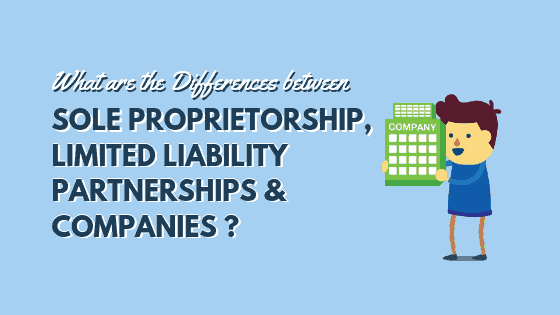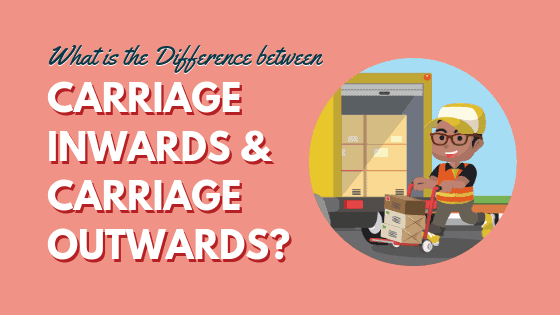What is the Difference between Sole Proprietorships, Partnerships and Limited Liability Companies?

Sole Proprietorship
A sole-proprietor is a person who owns a sole-proprietorship business that is registered with the Accounting and Corporate Regulatory Authority (ACRA). A self-employed person is a person who earns a living by carrying on a trade, business, profession or vocation. A sole-proprietor/self-employed person do not report to a boss, because he is his your own boss. The income that he earns is considered business profits, not salary.
Characteristics of Sole Proprietorship:
- Owned by one person or one company.
- A sole-proprietorship is not a legal entity (i.e. it cannot sue or be sued in its own name and it cannot own or hold any property).
- Profits are taxed at personal income tax rates.
| Features | Sole Proprietor | Partnership | Company |
| Number of owners | 1 | 2 or more | 1 owner: owns shares in the company Private company: Max of 50 shareholders Public/listed company: unlimited shareholders |
| Management of business | Owner has total control over business operations | One of the two partners will contribute most to the business daily operations. | Shareholders have minimum/no involvement in the business. Business is managed by employees. |
| Risk and Rewards | Risks: Loss bored by owner Rewards: Profits enjoyed by owner | Risks: Shared and bored by partners Rewards: Shared and bored by partners | Risks: If company is not profitable, shareholders lose part/all of their investment Rewards: Profits made by companies will be shared as dividends to shareholders |
| Examples | Coffeeshop stall holders | Medical practice, Accountant practice, Lawyers practice | Listed companies: On stock exchange Private companies: End with ‘Pte Ltd’ (private limited) |
Some business owners choose to create partnerships or limited liability companies instead of a corporation. A partnership can also be called a firm. This refers to an association of a group of individuals working together in a business or professional practice.

While corporations have rigid rules about how they are structured, partnerships and limited liability companies allow the division of management authority, profit sharing and ownership rights among the owners to be very flexible.
Partnerships
Partnerships fall into two categories. General partners are subject to unlimited liability. If a business can’t pay its debts, its creditors can demand payment from the general partners’ personal assets. General partners have the authority and responsibility to manage the business. They’re analogous to the president and other officers of a corporation.
Limited partners escape the unlimited liability that the general partners have. They are not responsible as individuals, for the liabilities of the partnership. These are junior partners who have ownership rights to the profits of the business, but they don’t generally participate in the high-level management of the business. A partnership must have one or more general partners.
Limited liability company
A limited liability company (LLC) is becoming more prevalent among smaller businesses. An LLC is like a corporation regarding limited liability and it’s like a partnership regarding the flexibility of dividing profit among the owners. Its advantage over other types of ownership is its flexibility in how profit and management authority are determined.
This can have a downside. The owners must enter into very detailed agreements about how the profits and management responsibilities are divided. It can get very complicated and generally requires the services of a lawyer to draw up the agreement.
A partnership or LLC agreement specifies how profits will be divided among the owners. While stockholders of a corporation receive a share of profit that’s directly related to how many shares they own, a partnership or LLC does not have to divide profit according to how much each partner invested. Invested capital is only of the factors that are used in allocating and distributing profits.
Registering a business in Singapore is easy.







